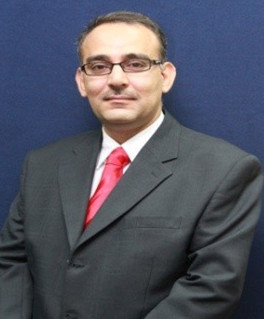Abstract—The use of passive thermosiphon solar water
heating (SWH) is a cost-effective renewable source of energy for
hot water production in Mauritius, given the relatively high
solar yield year round. However, unavailability of sufficiently
hot water for early morning use has been reported in
households, confirmed by a survey undertaken, which may be
due to improperly sized tank and/or collectors. Backup gas or
electric heating is normally installed to cater for this problem.
This paper presents the research work performed to analyze the
dynamics of hot water production, consisting mainly of
monitoring the temperature of the water inside the tank of an
actual SWH in operation with the objective of characterizing
the factors affecting hot water production. The temperature of
the hot water inside the storage tank was found to fluctuate
during the day and with consumption of hot water, and the
mixing of mains cold water with the hot water was deemed to be
a major factor leading to the shortage of hot water the next
morning. Based on the analysis, a passive thermosiphon SWH
in use in a household was modified by adding a second hot water
tank with associated solenoid-actuated valves modulated by a
microcontroller to regulate flow between the two tanks and to
the end use point according to an appropriate rule set. The
results show that hot water production can be optimized in
currently installed SWH systems with the proposed design
without back-up heating systems, thus providing an effective
retrofit solution to systems in use.
Index Terms—Solar thermal, hot water storage, solar hot
water maximization.
M. Gooroochurn and A. Visram are with the Faculty of Engineering,
University of Mauritius, 80837 Reduit, Mauritius (e-mail:
m.gooroochurn@uom.ac.mu and ashwan.visram@umail.uom.ac.mu
respectively).
[PDF]
Cite:Mahendra Gooroochurn and Ashwan Visram, "Maximization of Solar Hot Water Production Using a Secondary Storage Tank," Journal of Clean Energy Technologies vol. 7, no. 1, pp. 1-6, 2019.


